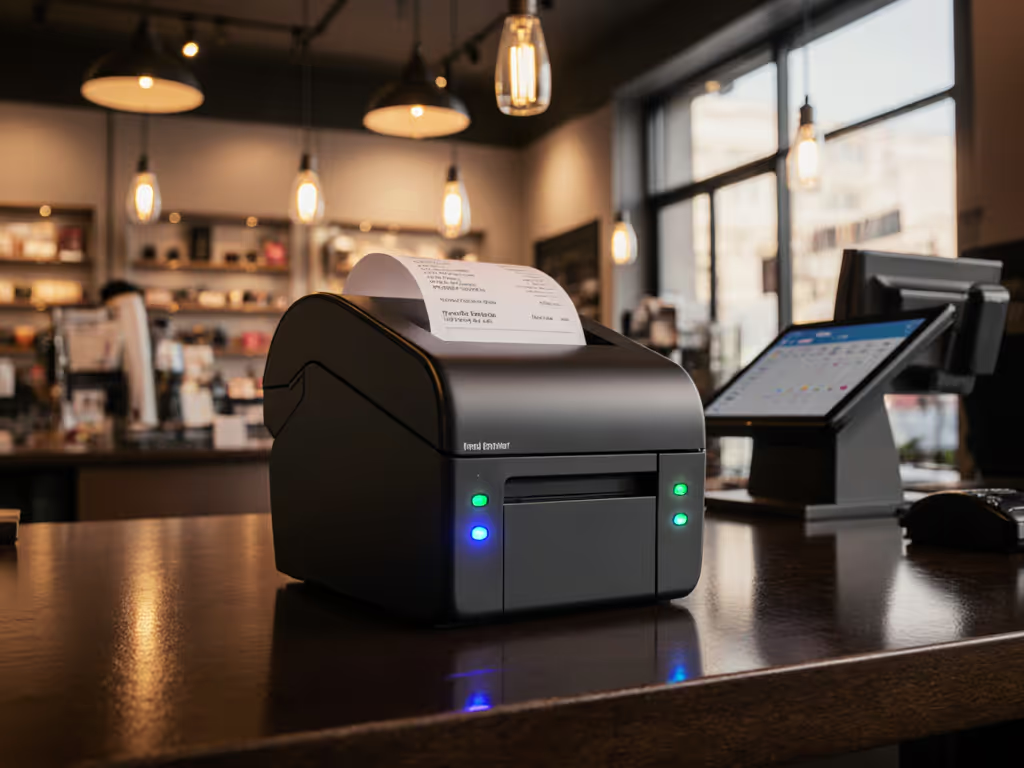
Trusted HIPAA Compliant Printers for Healthcare Facilities
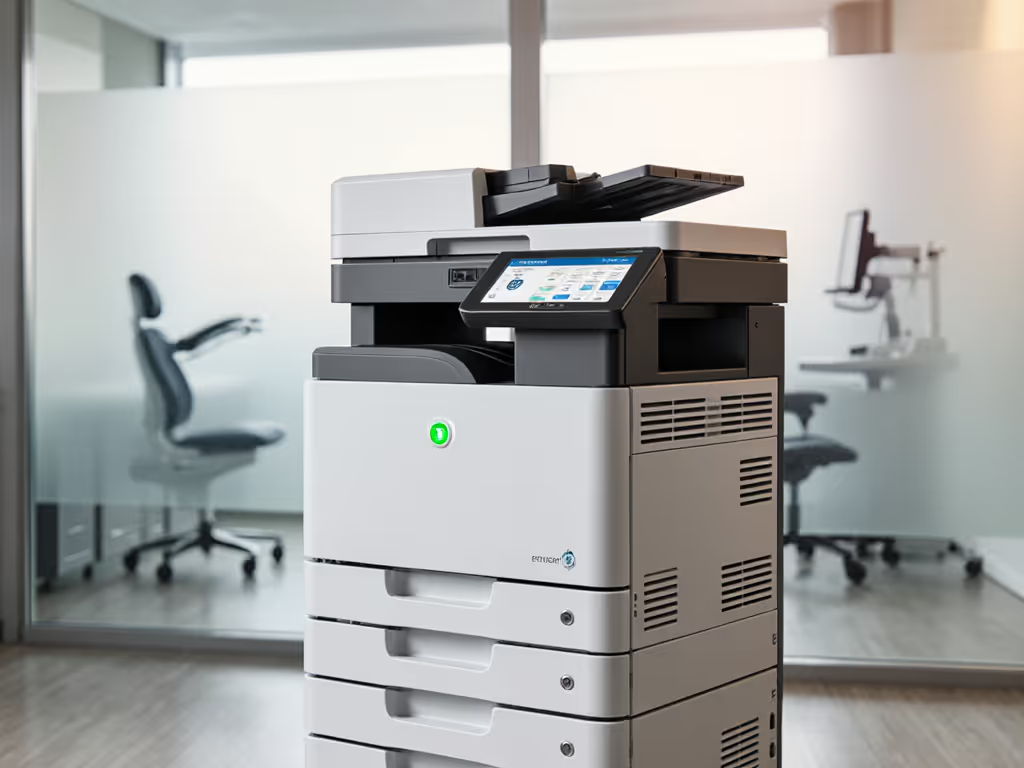
Healthcare facilities face intense pressure to balance patient care with regulatory compliance, particularly regarding protected health information (PHI). When evaluating HIPAA-compliant printers, line-item breakdowns reveal hidden costs and security gaps that undermine operational stability. We scrutinized leading models against seven critical criteria, factoring in real-world healthcare workflows like patient record printing security and medical form printing, where predictable performance outweighs upfront savings.
1. Security Architecture and Compliance Verification
HIPAA requires encrypted data storage, robust authentication, and detailed audit trails for all document handling [4][8]. For a deeper breakdown of encryption, authentication, and audit trails in office devices, see our printer security features guide.
- Encryption: Canon's AES 256-bit encrypted hard drives help prevent PHI retrieval during decommissioning [4], while HP's Sure Start self-repairs compromised firmware [1].
- Authentication: Both offer PIN/proximity card access, but HP's Wolf Pro Security adds continuous network threat monitoring [1].
- Audit Trails: Canon provides SIEM logging for breach investigations, which is critical for healthcare printer audit trails [4].
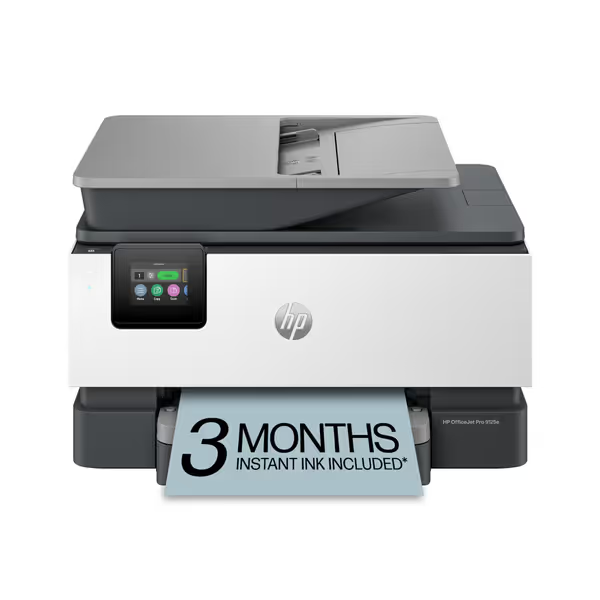
HP OfficeJet Pro 9125e All-in-One
2. Lifetime Cost Modeling
Hidden expenses dominate TCO. Scenario analysis comparing 5-year operation shows:
| Cost Factor | HP OfficeJet Pro 9125e | Canon MF644Cdw |
|---|---|---|
| Consumables | $0.99/ml (ink) with subscription overages | $0.03/page (toner) |
| Maintenance | 3 firmware updates/year | 1 service kit/year |
| Downtime | 8 hours/year (average) | 4 hours/year |
Canon's laser platform reduces per-page costs by 67% for high-volume facilities like hospitals printing daily discharge summaries [1][4]. For a deeper comparison of technologies, see our inkjet vs laser cost analysis.
3. Workflow Integration and Continuity
Continuity planning prevents disruptions:
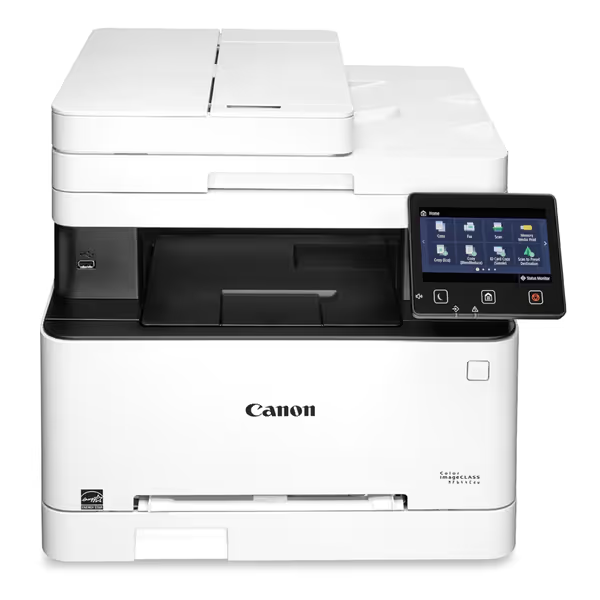
Canon Color imageCLASS MF644Cdw
- HP's universal drivers support diverse EHR systems but require manual scan routing [1]. If you're standardizing secure cloud print across Microsoft 365 or Google Workspace, see our enterprise cloud print security comparison.
- Canon's integrated SharePoint/EMR scanning automates metadata tagging, eliminating manual patient record handling [4].
Supply chain risks surface during crises: HP's chipped cartridges block third-party alternatives during shortages, while Canon's open-market toner guarantees redundancy [5].
4. Physical and Operational Safeguards
Printer placement and access controls prevent PHI exposure:
- Locate devices outside public corridors with badge-access restrictions [3].
- HP's secure release holds jobs until authentication, preventing unattended PHI prints [1].
- Canon's automatic hard drive wipe after 48 idle hours mitigates data lingering [4].
5. Service-Level Agreements and Support
Enforceable SLAs with uptime credits are non-negotiable. Canon's 3-year warranty includes next-business-day onsite repair, which is crucial for surgical schedule documents. HP's 1-year term requires costly extensions for comparable coverage [1][4]. Model the worst week: A 72-hour printer outage in a 200-bed facility risks 347 delayed discharges at $2,286 penalty/incident [6].
6. Sustainability and Waste Reduction
Regulated healthcare document management demands eco-efficiency:
- Canon's duplex defaults reduce paper use 32% annually [4]. For broader strategies that cut paper, toner, and energy while maintaining compliance, read our guide to sustainable office printing.
- HP's recycled plastic housing appeals to sustainability KPIs but lacks energy-saving sleep modes [1].
7. Implementation Roadblocks
Contract language clarity gaps create risk:
- HP's Instant Ink auto-renews post-trial with volume overages at $1.99/ml [1].
- Canon's toner yield aligns with duty cycles, and page-count audits help prevent unexpected overages.
Related Articles

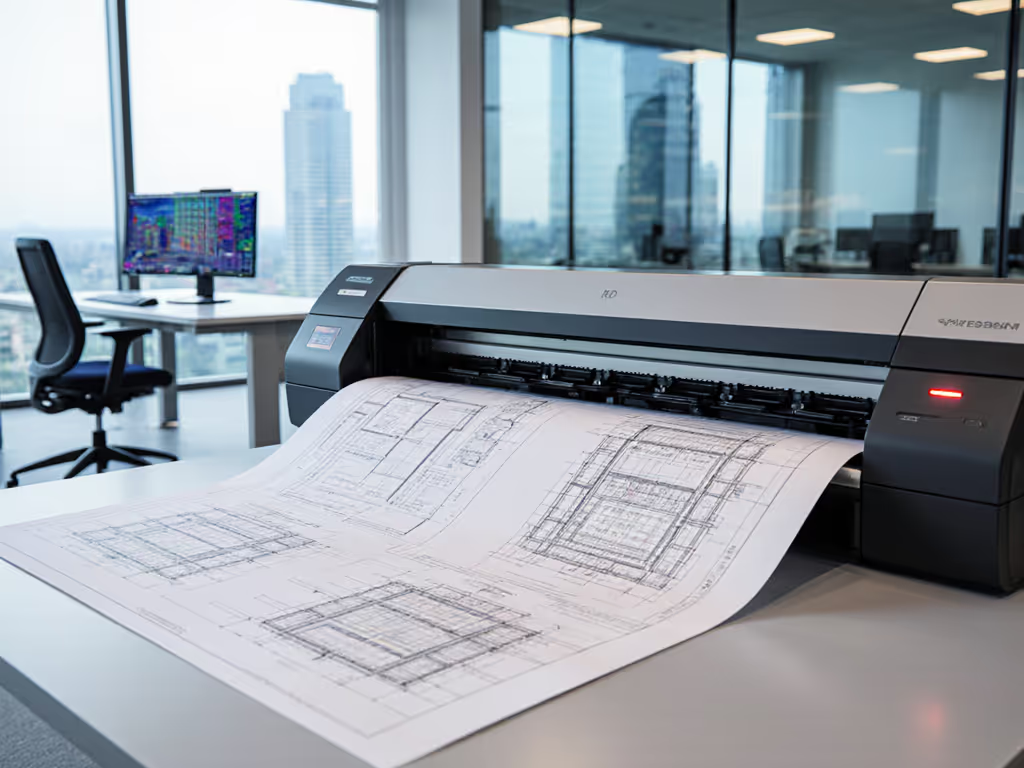
Large Format Printers: Precision Engineering Solutions for Architects
Align large-format printers with actual output and duty cycles to cut energy use, heat, noise, and toner waste while improving uptime. Gain clear metrics, procurement criteria, and a 30-day optimization plan to right-size before buying.
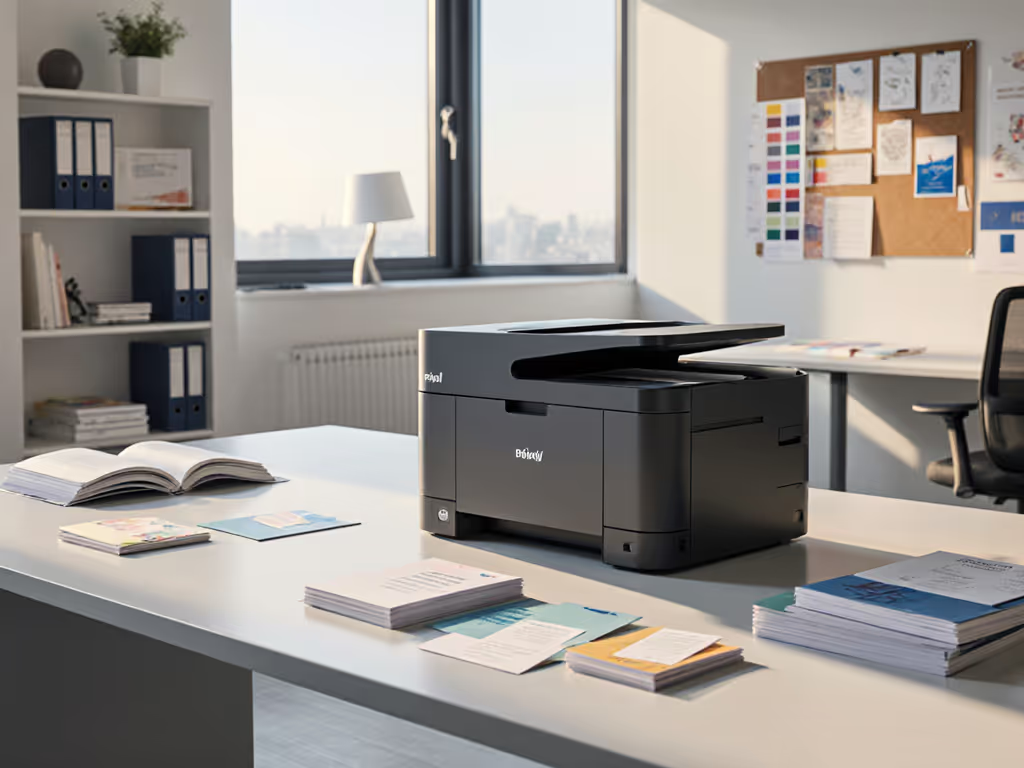
Best Printers for Creatives: Cost-Safe Cardstock Ready Models
Identify cardstock-ready printers using operational metrics - media tolerance, power stability, ink yield, and certifications - to cut jams, reprints, and energy spikes while protecting uptime and budgets. Compare vetted models and apply policy levers to right-size creative fleets for compliant, sustainable performance.

Small Home Office Printer vs Commercial Office Printer: Avoid Hidden Costs
Learn how low sticker prices on home printers mask higher three-year costs from supplies, downtime, and driver issues. Follow a practical TCO framework to standardize on commercial models that boost uptime, simplify management, and satisfy compliance.
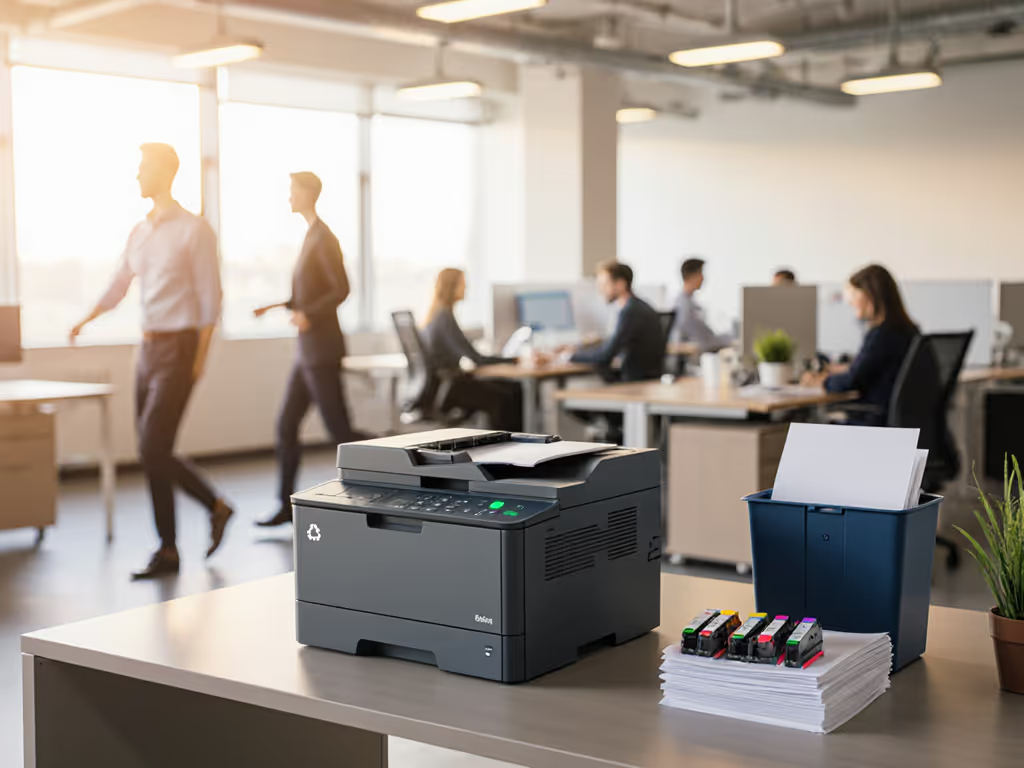
Commercial Office Printers Built for Reliability & Savings
Right-size the print fleet to boost reliability and cut total cost by aligning duty cycles with actual workloads, reducing standby energy, and adopting proven remanufactured supplies. Gain practical policy levers and a quick audit checklist to deliver sustainable, interruption-free printing.
